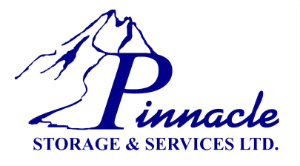Choosing the right self-storage facility is the first step to establishing the security of your most important possessions. If you are searching for a storage facility, you are probably faced with the question of indoor versus outdoor storage. The first step is to determine what it is you will be storing. Here are general rules you should when making a self-storage decision:
- Boxes and household possessions should be stored indoors.
- Boats, recreational vehicles, heavy equipment, and vehicles should be kept in an outdoor unit.
Indoor Self-Storage Units
Indoor self-storage, which consists of self-enclosed areas, provide the most ideal conditions for the storage of antiques, arts, toys, clothing, documents and papers, home goods, moving boxes, household appliances, and furniture. Units that are climate-controlled afford the added benefit of protection against dust, water, heat/cool damage, and light. However, it’s a good idea to wrap your belongings in a heavy plastic and store on shelves to ensure protection against any possible damage.
Outdoor Self-Storage Units
Outdoor self-storage units are typically made up of asphalt, cement, or gravel pads that are covered with a roof and surrounded by open walls of cinderblock. Outdoor units are ideal for the storage of industrial machinery, construction equipment, trailers, yard equipment, boats, recreational vehicles, cars, and trucks. If you choose to store your vehicle in an outdoor unit, remember to protect it with a cover. This will help to safeguard your belongings from debris and sunlight damage. Additionally, it’s a good idea to clean your vehicles thoroughly from food and other items to protect against insect and rodent infestation.
When you make a self-storage facility decision, use recommendations from friends and online tools to find the best unit for your needs. As a base, choose the correct unit type based on security, size, and storage type. For added benefits, consider climate control, insurance, easy access, and extra security.

